The seasoned player keeps its position on the podium.
Could there be another BMW quite as legendary as the BMW 3 Series? Unlikely. This vehicle played a pivotal role in establishing BMW’s reputation in America, swiftly becoming synonymous with the ultimate sports sedan—a status it still holds today. Its nimble handling remains intact, featuring precise steering, robust braking capabilities, and a composed ride with little body roll. In its latest iteration, the 3 Series is available as either the 255 horsepower 330i or the high-performance 386 horsepower M340i, both offering options for rear-wheel drive or xDrive all-wheel drive systems. Under the hood lies a choice between a turbocharged 2.0-liter four-cylinder engine or a more powerful turbocharged 3.0-liter inline-six cylinder engine paired with a mild hybrid setup and an eight-speed automatic transmission.
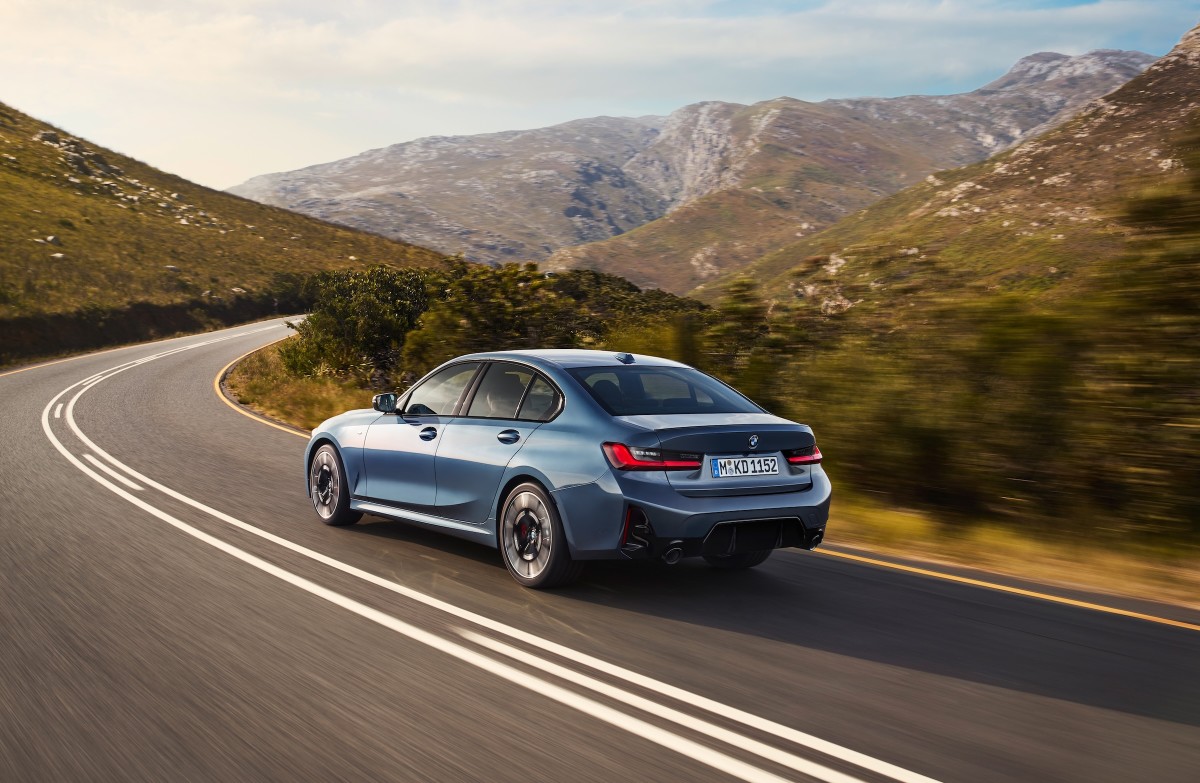
According to the EPA ratings, the 3-Series achieves an overall of 29 mpg for combined city and highway driving, excluding the entry-level 330i model, which delivers 31 mpg instead. Every variant needs high-octane gasoline, and they can tow up to 3,747 pounds when equipped with trailer brakes. You have the option to add an M Sport package to stiffen the suspension, or choose a Dynamic Handling package featuring adjustable shock absorbers. Each enhancement significantly alters how the car handles—making it firmer without being overly harsh.
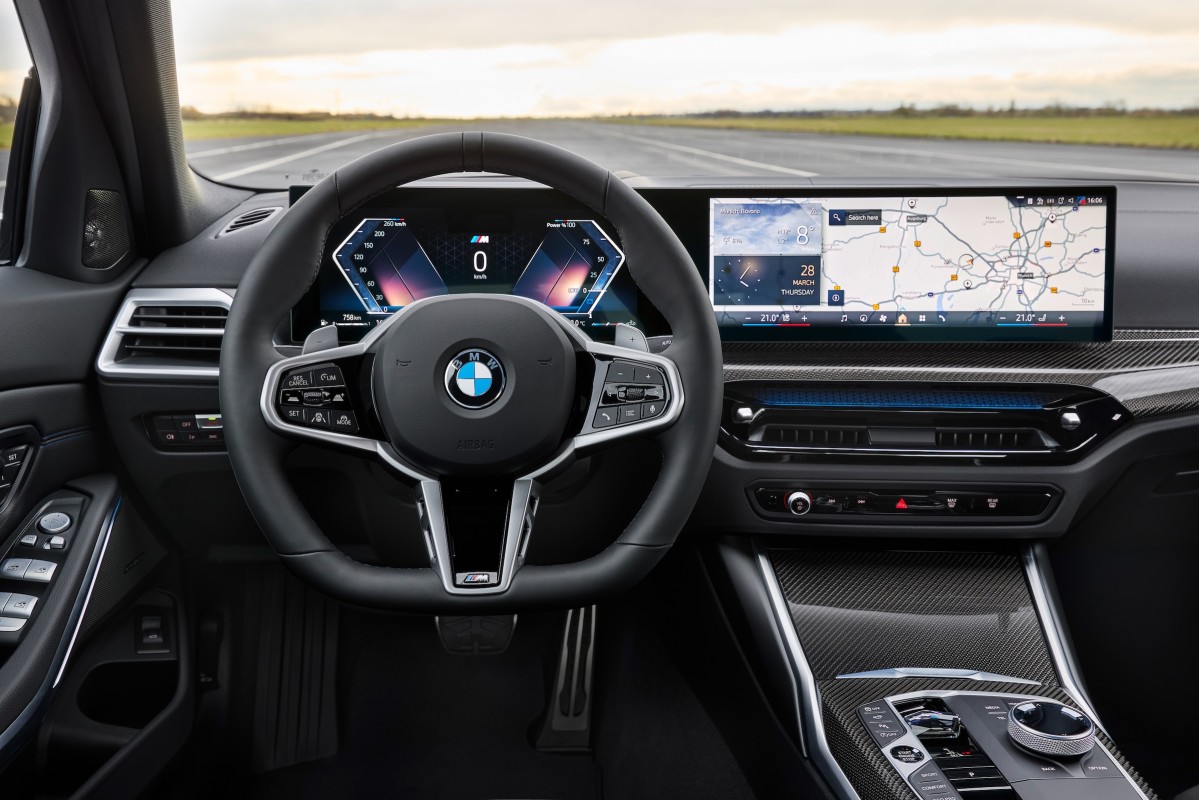
Inside, the vehicle features a 12.3-inch digital dashboard alongside a 14.9-inch central touch screen complemented by additional control buttons on the center console. Standard amenities include wireless connectivity for both Apple CarPlay and Android Auto, along with a built-in 5G Wi-Fi hotspot; however, a heads-up display requires an extra fee. The contemporary cabin design, enhanced by mood lighting, adds significant value, coupled with supportive yet plush seating options. Storage capacity within the trunk measures up nicely at 17 cubic feet—quite spacious considering the car’s size. While the BMW 3-Series undoubtedly continues as the benchmark among sport sedans globally, one may ponder about how these rivals stack up against it. Below is a selection showcasing some international contenders vying for attention in this segment.
Alfa Romeo Giulia
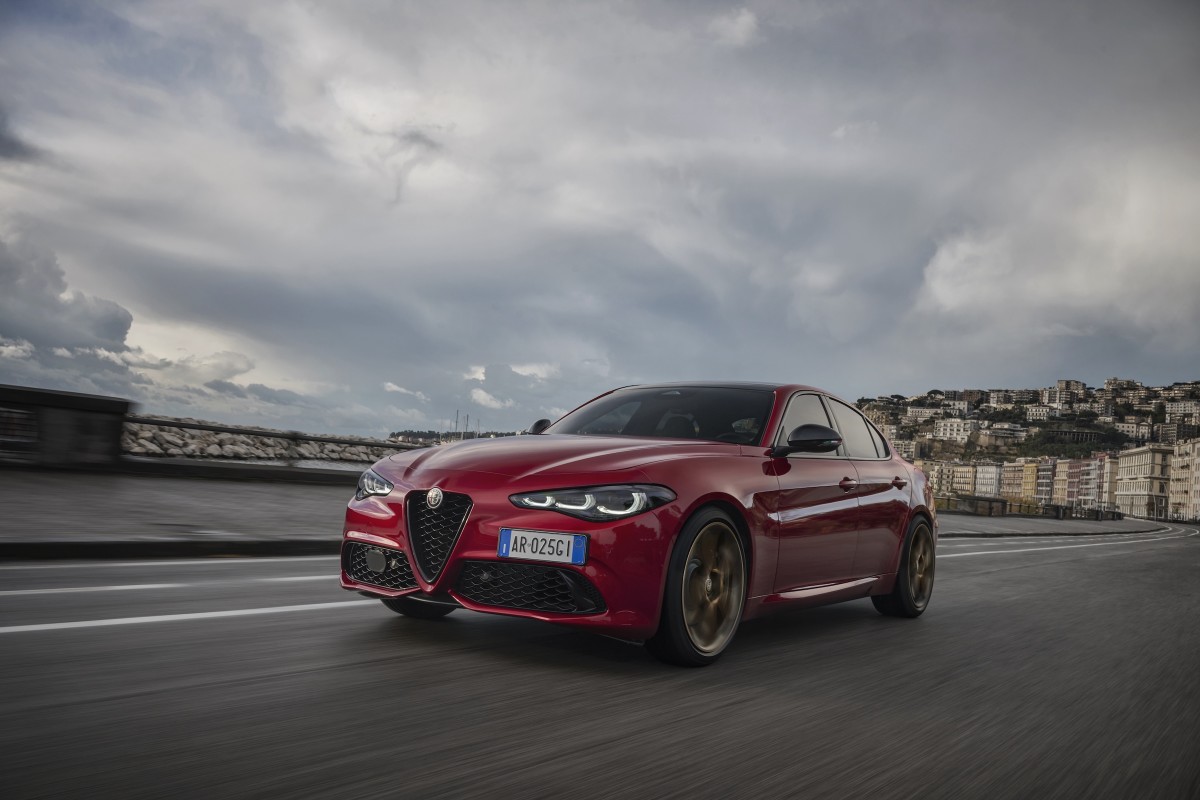
In terms of dynamic performance alone, the Alfa Romeo Giulia stands toe-to-toe with the BMW 3 Series. Stylishly designed, this vehicle comes equipped with a turbocharged 2.0-liter four-cylinder engine generating 280 horsepower via an eight-speed automatic gearbox directed either to the rear wheels or distributed among all four as part of an available all-wheel-drive system. According to the Environmental Protection Agency ratings, it achieves approximately 27 miles per gallon for mixed city and highway travel when using rear-wheel drive; with all-wheel drive engaged, the figure drops slightly to around 26 mpg. The use of premium gasoline is necessary, and its towing capacity is set at 3,500 pounds. Additionally, the trunk offers ample storage space, holding up to 17 cubic feet.
The vehicle comes equipped with a 12.3-inch digital display for instrumentation and an 8.8-inch touch screen for infotainment, featuring built-in support for both Apple CarPlay and Android Auto. Although the interior materials of the Giulia might not be as premium when compared to those found in competing models from Germany, its sporty front seats with pronounced side bolstering and luxurious leather upholstery still convey a sense of being inside a performance-oriented car. Driving this agile machine ensures constant excitement; the precise handling, responsive steering, along with the engaging sounds from the engine and exhaust system make listening to music seem unnecessary during your time at the helm.
Audi A4
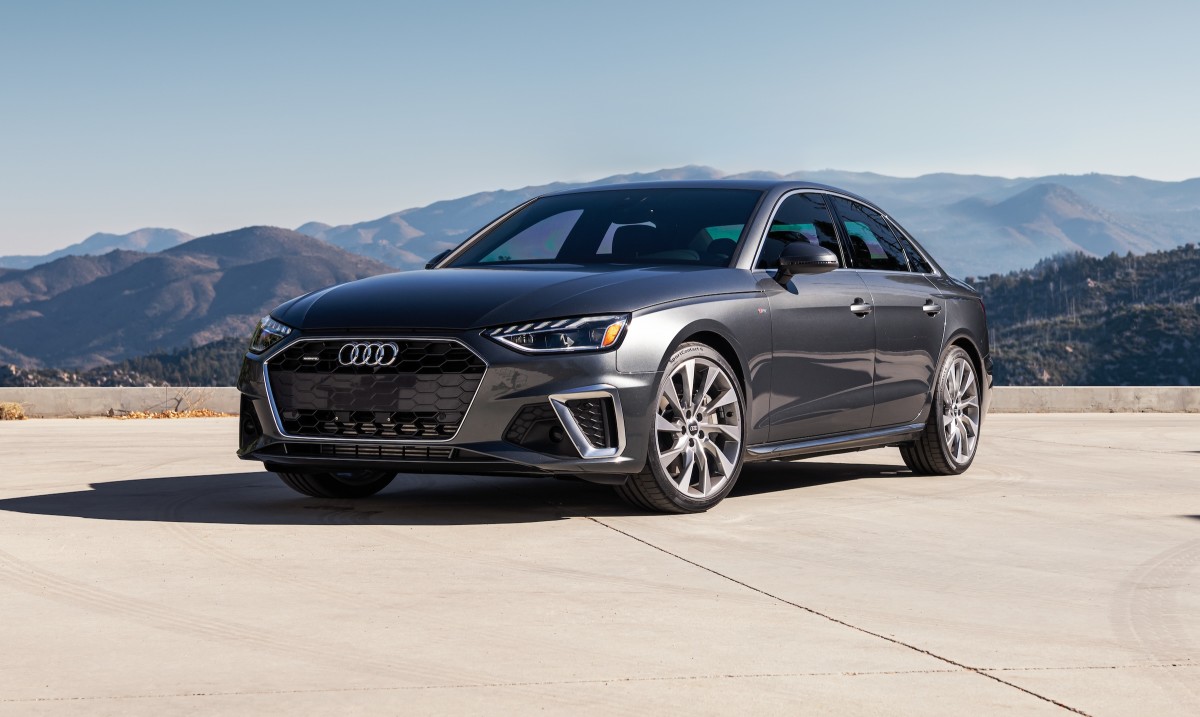
Audi vehicles have consistently exuded an understated elegance that masks their impressive handling capabilities. As they say, appearances can be deceiving—especially with these unassuming powerhouses. The current model year marks the end of production for the A4 sedan, equipped with a potent 261-horsepower, turbocharged, 2.0-liter four-cylinder engine paired with a mild hybrid system and a seven-speed dual-clutch automatic transmission featuring standard all-wheel drive. Its fuel efficiency stands at 29 miles per gallon according to EPA ratings, though it necessitates the use of premium gasoline; additionally, it has a towing capability of up to 1,580 pounds. Although the Audi demonstrates agility on winding routes, it provides slightly enhanced shock absorption compared to its competitor, the BMW, thereby offering greater overall comfort.
The interior of the cabin offers ample space; however, the trunk capacity is somewhat limited at just 12 cubic feet. At the heart of the A4’s dashboard lies a sleek 10.1-inch infotainment screen featuring refined visuals which differ from the overly complex interfaces commonly found in competing vehicles. Standard features include wireless connectivity for Apple CarPlay and wired support for Android Auto. Additionally, Premium Plus and Prestige trims come equipped with a 4G Wi-Fi hotspot option. Overall, the Audi A4 stands out as a highly capable and subtly luxurious small sport sedan that operates under the radar without needing to boast about its qualities.
Mercedes-Benz C-Class
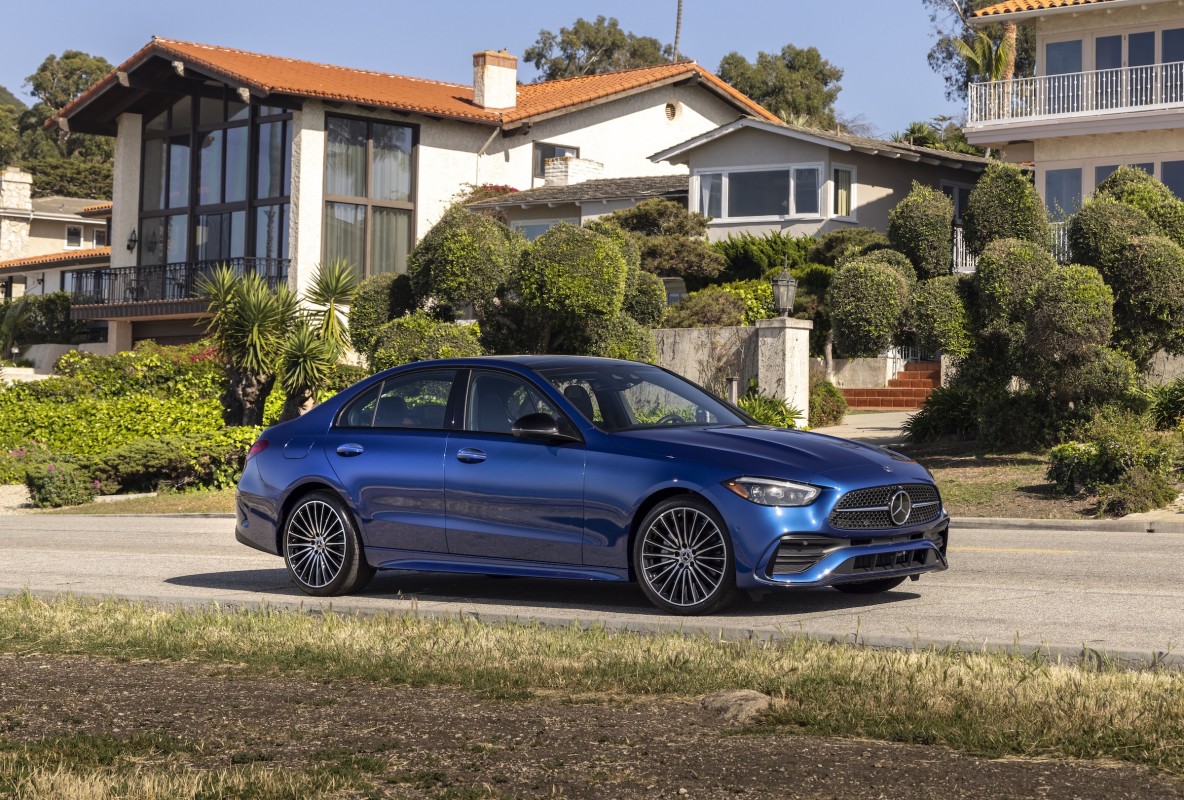
Mercedes-Benz sedans resemble Russian nesting dolls; what applies to one model generally holds true for the others, albeit scaled differently. Despite adhering to a consistent design approach, this strategy proves effective, yielding vehicles distinctly emblematic of the brand’s legacy. The C-Class boasts elegant styling and meticulous detailing, equipped with a 255-horsepower, turbocharged, 2.0-liter, four-cylinder mild hybrid engine paired with a nine-speed automatic transmission that directs power either to the rear wheels or all four. According to the Environmental Protection Agency, these models achieve an estimated 29 miles per gallon with rear-wheel drive and 27 miles per gallon with all-wheel drive when using high-octane gasoline exclusively. With trailer brakes installed, the maximum towing capability stands at 3,950 pounds. Additionally, trunk volume amounts to 13 cubic feet.
The vehicle comes with a 12.3-inch digital instrument panel, an 11.9-inch infotainment screen, wireless connectivity for both Apple CarPlay and Android Auto, as well as wireless phone charging. A heads-up display is offered separately. Despite handling like a sporty car, the C-Class’s steering and braking systems fall short compared to top competitors. Nonetheless, it maintains its luxury status, exuding a sophisticated atmosphere characteristic of Mercedes-Benz vehicles.
Volvo S60
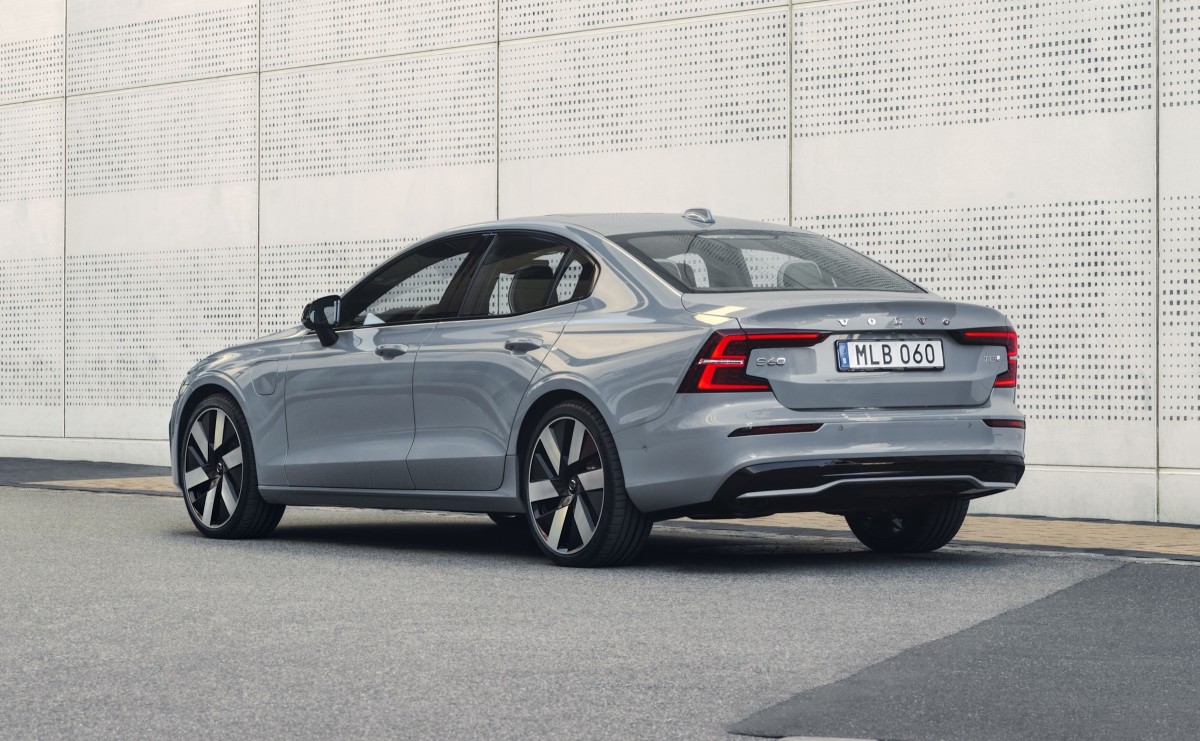
For the 2025 model year, this will be the final version of the Volvo S60, which only received minor updates. This is unfortunate because its distinctive Swedish flair sets it apart, providing an unmistakable Volvo identity. You can choose between a 247-horsepower turbocharged four-cylinder engine, which might sound uninspiring, or a plug-in hybrid offering 456 horsepower, all-wheel drive capabilities, and up to 40 miles of purely electric travel. Fuel efficiency for the four-cylinder variant stands at 30 mpg with front-wheel drive and 28 mpg with all-wheel drive according to the EPA ratings. When operating using just its gasoline engine, the plug-in hybrid achieves 31 mpg, and both versions require high-octane fuel. With regard to towing capability, it maxes out at 2,000 pounds. Additionally, trunk volume measures relatively modestly at 12 cubic feet.
Inside, a 12.3-inch digital instrument panel, along with an infotainment touch screen, Apple CarPlay, and Android Auto come as standard features. The cabin boasts exceptional build quality, exuding a subtle elegance that complements its character. While not primarily designed for those seeking a sporty driving experience, the S60 performs adequately but doesn't quite match up to the top-tier models in terms of dynamic engagement. Should you prioritize comfort over athleticism, though, this car fits the bill perfectly.
Final thoughts
The BMW 3 Series continues to be the top choice in the realm of sports sedans and sets the benchmark for others in the industry to follow. While the Alfa Romeo matches the BMW’s performance credentials, its inferior interior quality keeps it from matching up entirely. The Mercedes-Benz nearly achieves parity but ultimately falls short of embodying what makes an excellent sports sedan; instead, it offers a typical luxurious feel fitting for today. On the other hand, Audi provides exceptional handling paired with a refined elegance emblematic of their current identity. Lastly, the Volvo doesn’t fit into your conventional idea of a sports sedan yet manages to carve out its distinctive niche.
No choice here is incorrect, as every vehicle offers a distinctive and appealing character. Test drive them all to find out which European gem most aligns with your requirements.
